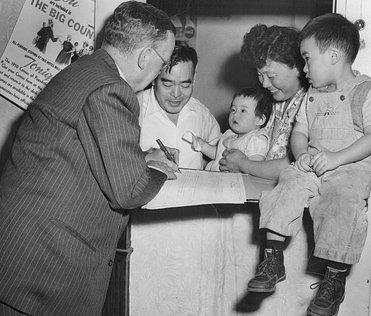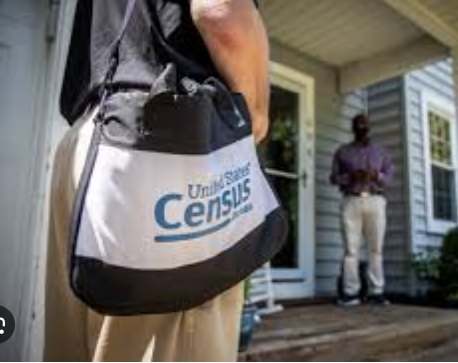Ready, Set, Research!
My oh my, I can hear the groans already! I’m not talking about hard research, I’m talking about fun research. The kind any of us can do that will tell us about our past family. Research that guarantees our family histories will be true. And the place we are going to start is the U.S. census.
Why?

Several things about the U.S. census make it the best place to start. The census was taken every decade and included most of the population of the U.S. Although the census questions varied with each decade, most of the returns told us how our ancestors were living, what their economic situation may have been, what neighborhood they were living in, and other details about their lives. Some census returns tell whether your ancestor served in the military, some tell if and when your ancestor immigrated to America. Census returns can tell whether your ancestors moved across the country in search of new opportunities or found their forever home and stayed.
A Little History
Before we dive into the census it will help to know some basic things about the collection. The U.S. census was first taken in 1790 and has been repeated every ten years since, as directed in the First Amendment to the U.S. Constitution. In addition to the census that counted the entire population of the country, called the population schedule, there were also several other counts, often made at the same time, that measured other aspects of our country. Returns like the Agricultural Schedule, which recorded a detailed account of what farmers and ranchers in the U.S. were producing. Unfortunately, not every schedule is available for every decade. Perhaps the biggest loss was the 1890 census, which was destroyed in a Commerce department fire in 1921.
Perhaps the biggest thing to look out for when looking at the census is spelling. In our society today, spelling is standardized and most people can read and write. Wikipedia reports that only four percent of the people in the U.S. are illiterate. But the same did not hold true for our ancestors. The same article reports that in 1875 eighty percent of the country could not read. Not only that, but spelling did not become standardized in the U.S. until about 1910-1920.

What this means for us is that the names written on the census returns are what the census takers, called enumerators, heard. Many of our ancestors in the 1800s could not spell their names and many had strong accents. The result is that the Thompson family could have their name recorded as Tomson or the Vought family as Vot and they would not know the difference!
How Do I Find It?
There are many places online to find the U.S. census, but they vary widely depending on your location and how much you are willing to pay for the service. There is one place where you can access it from any location for free! Tune in next time and we’ll show you exactly how.
If reading the census sounds like something you don’t want to do, we are here to help! At Heroes of the Past we have read through thousands of pages of census documents, interpreting them for our clients. Contact us today and let us help you find the Heroes of YOUR Past!